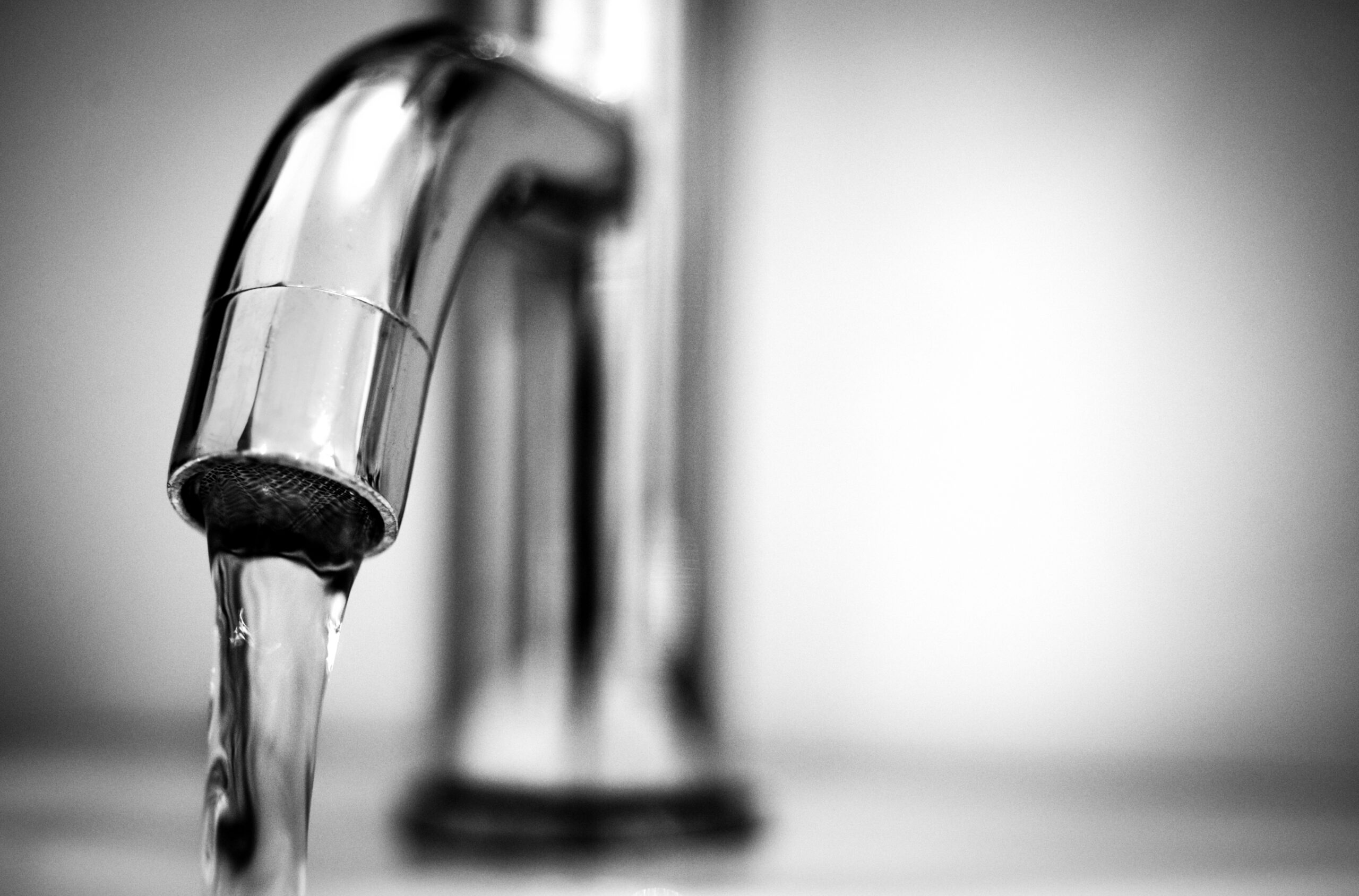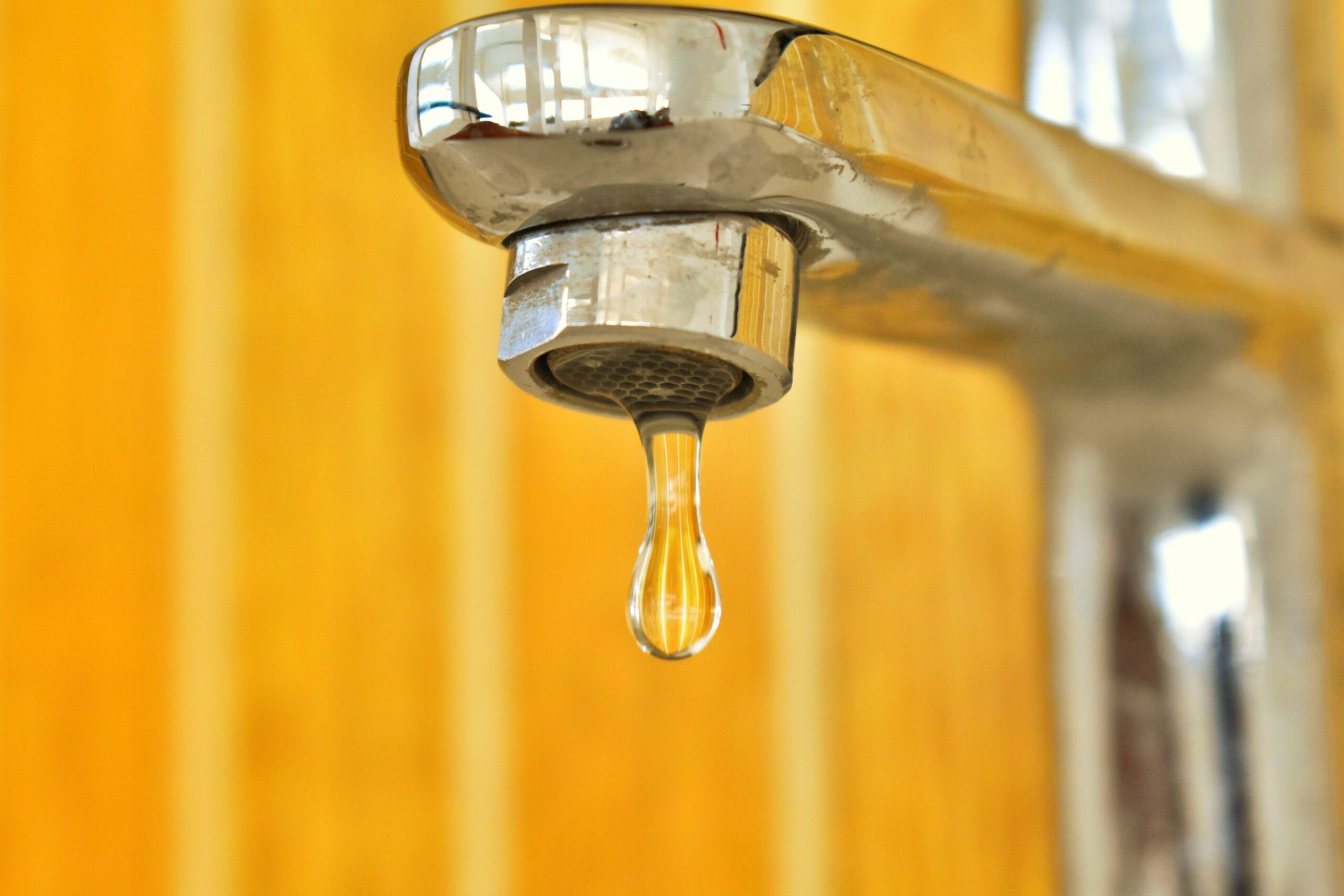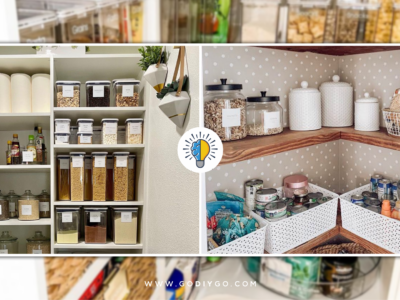You might enjoy drinking water, but do you know where it comes from? Tap water is the most common and cheapest way to stay hydrated, but it can also be filled with toxins and chemicals. The following article will teach you how to ensure that your tap water is safe for consumption. It will cover everything you need to know about tap water, the risks it poses as well as the steps needed in order for it to be drinkable!

1. What Contaminants Are Found In Your Water?
Water contaminants can be found in many forms, including pathogenic microbes, toxic chemicals such as lead and asbestos, and radioactive isotopes. Note that these contaminants can come from more than just your water supply – they might also reside in your plumbing. Tap water can contain many harmful contaminants such as lead which is the most common contaminant in tap water, copper, another common metal that can turn up in tap water, and there can also be found arsenic, radon, pesticides, insecticides, and herbicides. If you live in Florida, then it’s important to know that tap water is drinkable but can contain potentially harmful levels of naturally occurring chemicals. Whether you drink Jacksonville water or Tampa water, it might be best to invest in a water filtration system. That way you can ensure that you’re drinking water from a safe source!
2. How Can Water Filters And Water Softeners Help Me?
Water filters can be used to remove or reduce the contaminants that are found in your tap water, while water softeners will work by removing excess calcium and magnesium which cause limescale buildup. Limescale buildup is responsible for decreased water flow in pipes, can decrease the pressure of water flowing through them, reduce your appliance’s lifespan, and even cause increased energy costs. Using water filters and water softeners can ensure that you have access to water with optimal levels of purity.
3. How Can I Ensure Water Safety?
There are a few ways in which might ensure your tap water is safe for consumption, besides water filters, these things include boiling water or adding chlorine bleach. The first way is to boil the water you plan on drinking for a few minutes. This will kill off any pathogens that might be found in your water, although it won’t remove heavy metals or chemicals as some filters might. An alternative is to add chlorine bleach before using your tap water. In order to do this, you need about one milliliter of chlorine bleach per one liter of water. Stir the mixture well and wait for about thirty minutes before using the water. This is considered to be an effective way to purify your tap water, although it might not remove heavy metals or chemicals as some filters might either.

4. How Can I Remove Lead From My Tap Water?
If you know that there have been problems with lead in your tap water, then consider installing a whole house water filter. It can remove up to 99% of the lead from your tap water. Another option is to use a reverse osmosis system which will remove about 80% of the lead from your tap water. If you invest in a whole house filter, then you’ll also have filtered water throughout your home. This means that all of your appliances will also work more efficiently which might even reduce energy costs!
5. What About Fluoride In My Tap Water?
Many people are concerned about the concentration of fluoride found in their tap water, but it’s important to note that this is a normal part of your drinking water. The amount of fluoride that is found in your tap water usually doesn’t surpass the maximum concentration level. However, if you’re worried about having too much fluoride in your water and don’t want to invest in a home filtration system or reverse osmosis and want to remove it from your drinking water, then consider using a water distillation system.
Tap water is a simple and cheap way to stay hydrated throughout the day. While it can be good for drinking, it’s important to know the risks and dangers of drinking tap water. Water filters and water softeners are two ways you might ensure that your tap is drinkable without all the harmful contaminants found in some other sources. Plus, when you install these systems in your home or office, they will help reduce energy costs and increase appliance lifespan too! We hope this article has helped you to understand how you can ensure that your tap water is safe and drinkable. With the right water filtration system, you’ll be drinking clean, purified water in no time!
















